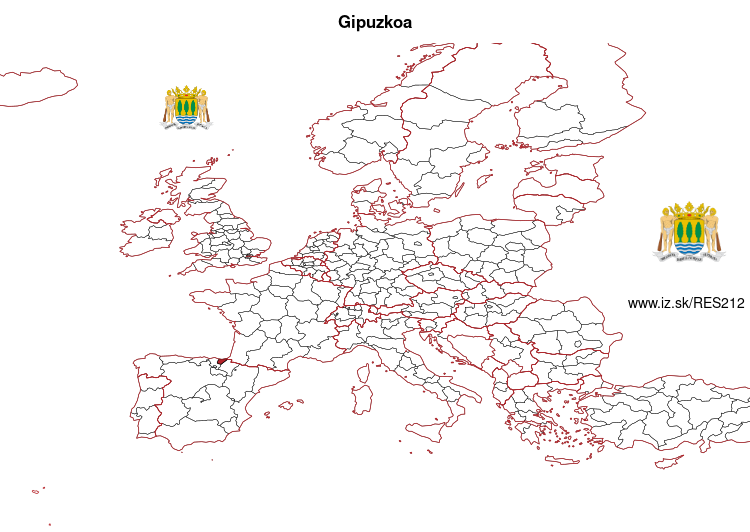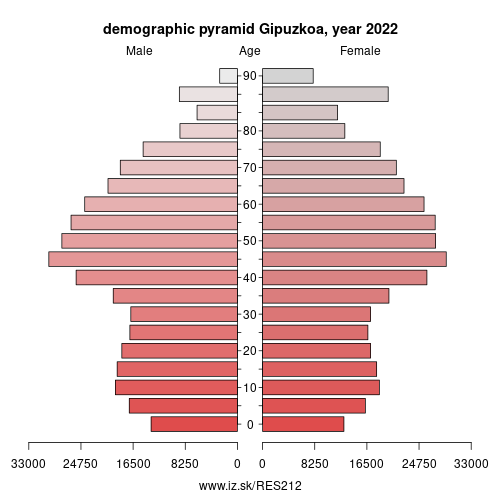- About us»
- Net income calculator»
- Population aging»
-
- Least developed regions»
-
- Average wage
- Material need benefits
- Meal allowance
- Counties of Slovakia
- Inflation
- Living and Subsistence Minimum
- Unemployment of Czechia and Slovakia
- NACE Classification
-
- Life expectancy
- Gender differences
- Youth unemployment and NEET
- Minimum wage in EU
- Unemployment rates of different age groups
- Share of salaries on GDP
- Employment rate
- Percentage of employees ususally working at nights
- NEET
- Unemployment rate
- Long term unemployment
-
- Bratislava and surroundings
- Kopanice
- Danube river
- lower Vah river
- middle Vár river
- upper Nitra river
- lower Nitra river
- Mining cities
- Kysuce a Orava
- upper Vah river - Liptov
- Spiš cities
- upper Hron river
- Juhoslovenská kotlina
- Košice fold and Torysa river
- upper Zemplín
- lower Zemplín
- EU regions
- NUTS3 regions of Slovakia
- LAU1 dataset
-
- Projects and activities
- Inclusive growth»
- Good work
- Project SKRS
- Social system – reality and vision
- Library
-
- Education of unemployed
- Young unemployed not taking part in education
- Proposal to change the system of education funding
- News»
- Contact
Gipuzkoa – ES212
EU regions: Spain > Noreste > Basque Autonomous Community > Gipuzkoa

| Indicator | Period | Value |
|---|---|---|
| Gross domestic product | ||
| GDP per capita in PPS of EU average | 2022 | 113 |
More on wikipedia wikidata Q95010 on OpenStreetMap Gipuzkoa slovensky: ES212
Demographics
| Indicator | Period | Value |
|---|---|---|
| Demographics | ||
| number of inhabitants | 2024 | 729 722 |
| population density | 2023 | 369.1 |
| old-age dependency ratio | 2024 | 37.3 |

From Wikipedia: Gipuzkoa (US: , gee-POO-skoh-ə, -POOTH-koh-, Basque: [ɡipus̻ko.a]; Spanish: Guipúzcoa [ɡiˈpuθko.a] (listen)) is a province of Spain and a historical territory of the autonomous community of the Basque Country. Its capital city is Donostia-San Sebastián. Gipuzkoa shares borders with the French department of Pyrénées-Atlantiques at the northeast, with the province and autonomous community of Navarre at east, Biscay at west, Álava at southwest and the Bay of Biscay to its north. It is located at the easternmost extreme of the Cantabric Sea, in the Bay of Biscay. It has 66 kilometres (41 miles) of coast land.
With a total area of 1,980 square kilometres (760 square miles), Gipuzkoa is the smallest province of Spain. The province has 89 municipalities and a population of 720,592 inhabitants (2018), from which more than half live in the Donostia-San Sebastián metropolitan area. Apart from the capital, other important cities are Irun, Errenteria, Zarautz, Mondragón, Eibar, Hondarribia, Oñati, Tolosa, Beasain and Pasaia.
The oceanic climate gives the province an intense green colour with little thermic oscillation. Gipuzkoa is the province of the Basque Country where the Basque language is most extensively used: 49.1 % of the population spoke Basque in 2006.
Etymology
The first recorded name of the province was Ipuscoa in a document from the year 1025.
Other: Basque Autonomous Community, Álava, Gipuzkoa, Biscay
Neighbours: province of Navarra, Biscay, Álava, Pyrénées-Atlantiques
Suggested citation: Michal Páleník: Europe and its regions in numbers - Gipuzkoa – ES212, IZ Bratislava, retrieved from: https://www.iz.sk/PES212, ISBN: 978-80-970204-9-1, DOI:10.5281/zenodo.10200164

 Share
Share Facebook
Facebook Twitter
Twitter News
News